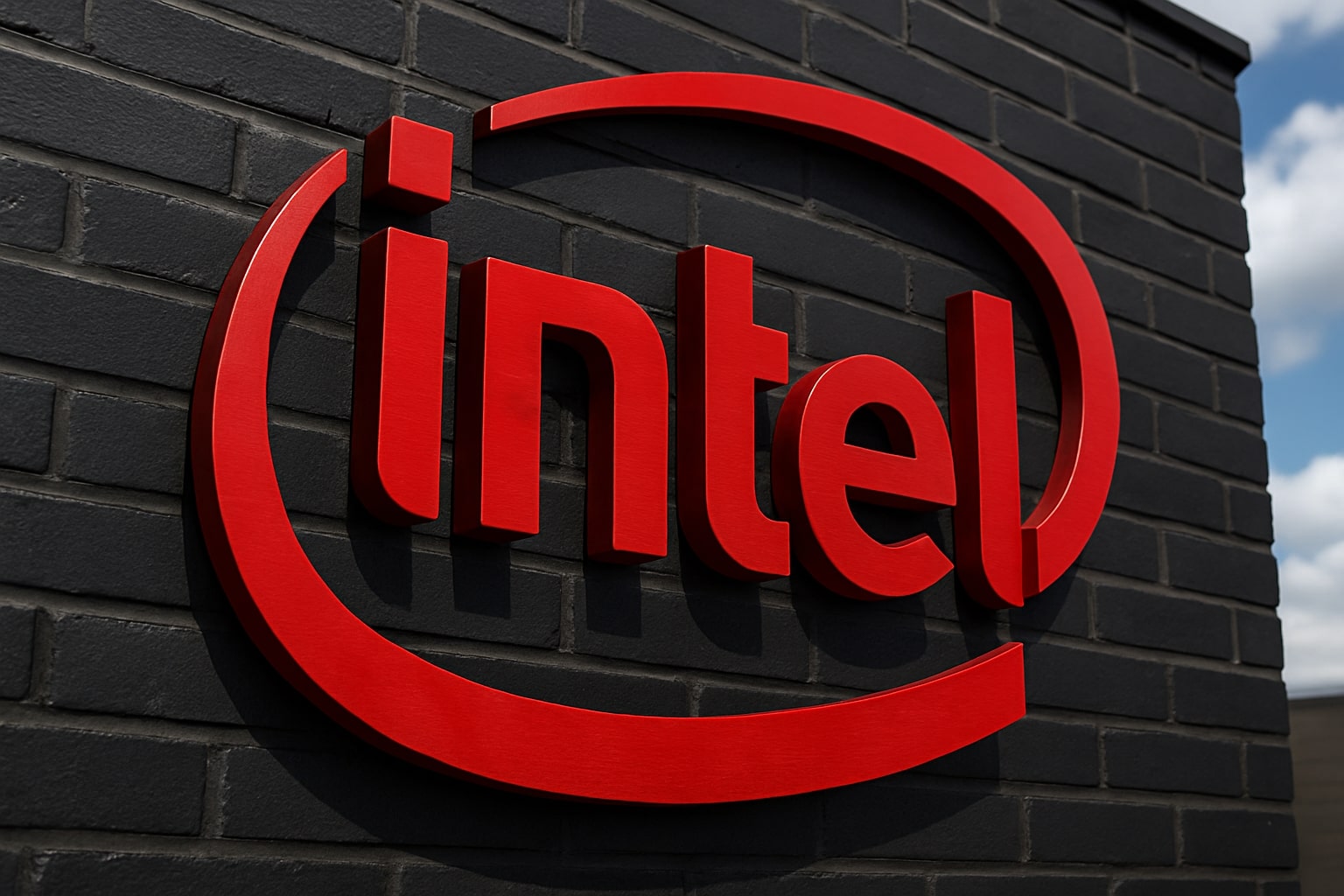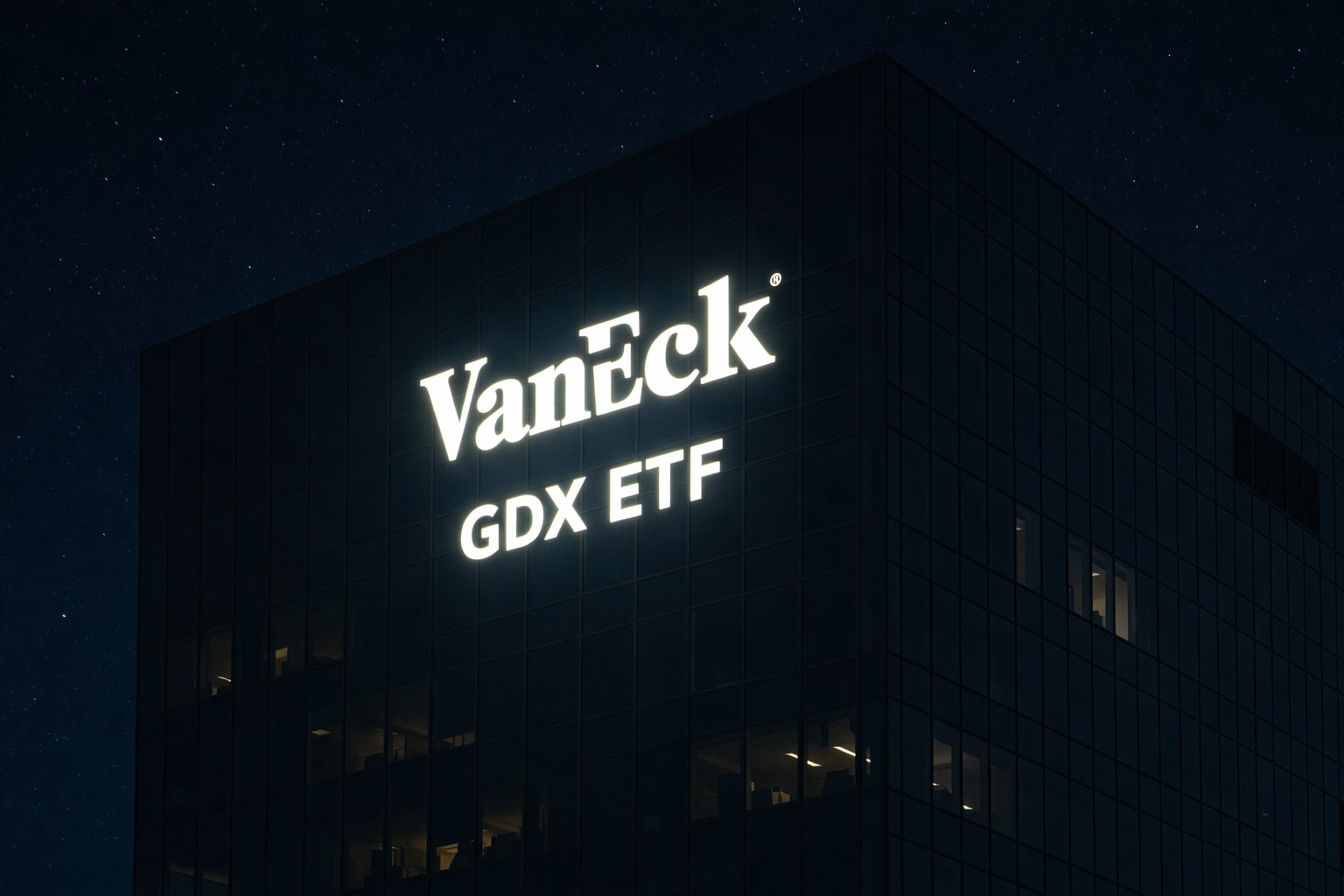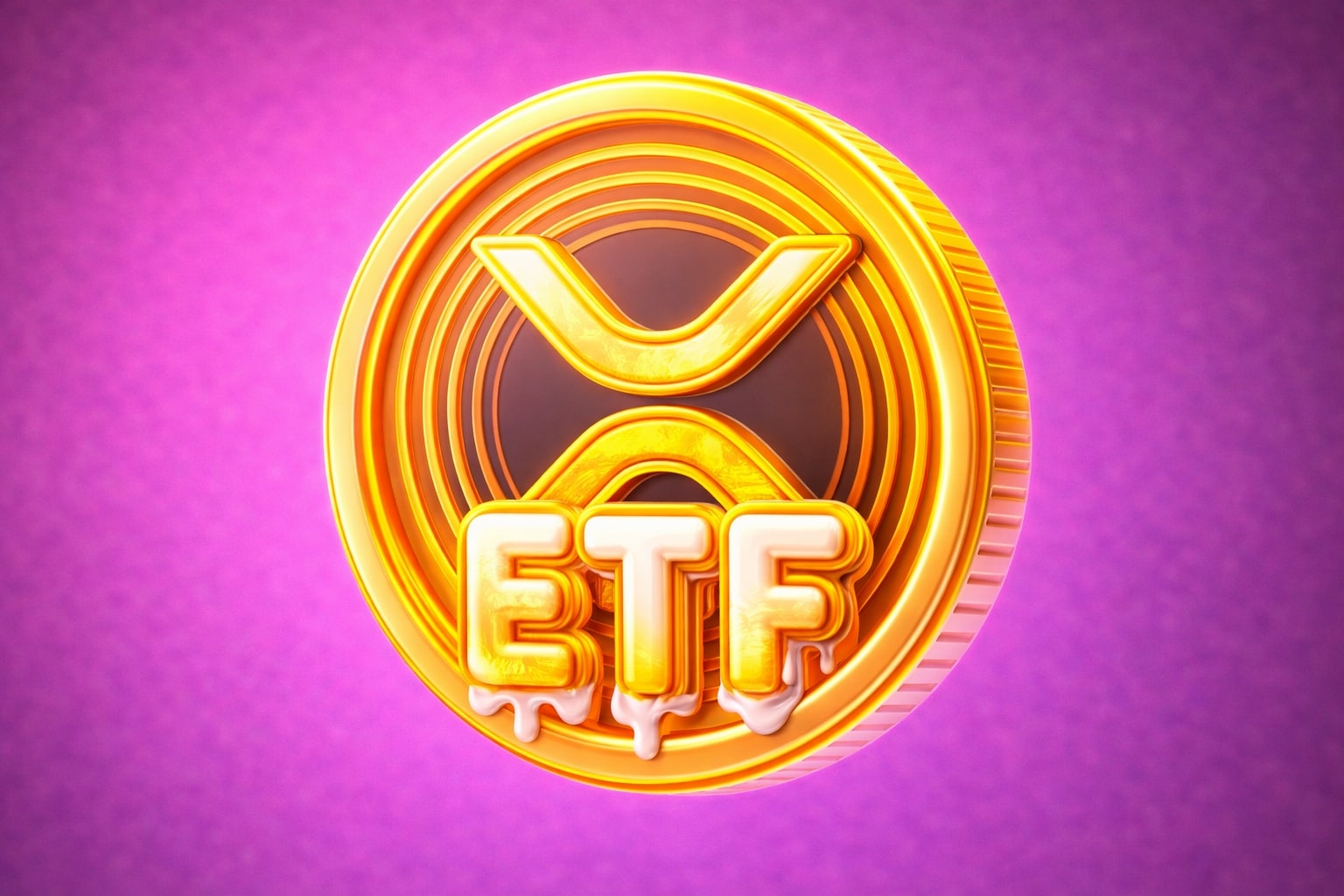
Intel Stock Price Forecast: NASDAQ:INTC Struggles at $24 as Foundry Losses Mount
Despite $8.9B U.S. stake and SoftBank funds, Intel’s $18B CapEx burden, -38% margins, and eroding market share keep NASDAQ:INTC stuck in Hold zone | That's TradingNEWS
NASDAQ:INTC Stock Struggles at $24 as Government Stake Adds Fuel but Risks Remain
Intel Corporation NASDAQ:INTC closed Friday at $24.08, down 2.15%, slipping further in after-hours to $24.02. The stock has been unable to break past its $26 resistance band, even after the U.S. government finalized an $8.9 billion equity stake representing nearly 10% ownership. SoftBank added another $2 billion in fresh capital, but both cash infusions remain small compared to Intel’s massive $18 billion FY25 CapEx bill. Despite the liquidity boost, the market remains cautious as the foundry business continues to post heavy losses and drag on profitability.
INTC’s Market Position vs. Peers
Intel’s market cap stands at $112.46 billion, less than half of AMD’s $257 billion and dwarfed by Nvidia’s $4.33 trillion. Even Micron, once seen as a cyclical laggard, now boasts a $176 billion valuation—higher than Intel. Over the last 12 months, INTC gained 24.38%, slightly ahead of the S&P 500’s 17.67%, but its 3-year return of 19.8% is crushed by the S&P’s 60% surge. Its 5-year return of 45.6% is less than half of the S&P’s 97%, signaling consistent underperformance in the AI-driven cycle where peers have flourished.
Earnings and Margin Pressure at NASDAQ:INTC
The latest quarter saw $12.86 billion revenue, beating consensus, but net income fell to a $441 million loss, driving trailing 12-month losses to $20.5 billion. Intel’s profit margin sits at -38.6%, operating margin at -3.8%, and ROE at -18.6%—metrics that highlight value destruction. By comparison, AMD reports positive operating margins of 8.4%, while Nvidia’s remain industry-leading above 59%. Intel’s gross margin of 29% is less than half AMD’s 43% and far below Nvidia’s 70%. These gaps reveal Intel’s deteriorating pricing power and inability to monetize assets at scale.
Valuation Metrics and Contrarian Case
Forward P/E for NASDAQ:INTC is stretched at 36.5x, reflecting depressed earnings, compared with AMD’s 41.7x and Nvidia’s 38.8x—but without the same growth story. On EV/Revenue, Intel trades at 2.68x, far cheaper than Nvidia’s 27x and ARM’s 42x, which may appeal to contrarians betting on mean reversion. Price-to-book of 1.15x places Intel near liquidation value, contrasting sharply with Nvidia’s astronomical 42x. For deep-value investors, this asset-heavy valuation suggests downside protection, but only if margins recover.
Foundry and Capital Strain
The foundry business remains Intel’s biggest drag. Losses of $3.2 billion on revenues of $4.4 billion in Q2 2025 forced management to reduce factory expansion. Despite CapEx already above $100 billion since 2021, returns have been negligible, and free cash flow is negative at -8.3 billion. Government funding—$5.7 billion from the CHIPS Act and $3.2 billion from Secure Enclave—aims to accelerate Ohio fabs, but execution risk is high. The government’s warrant to buy an additional 5% stake at $20 per share underscores how discounted this deal is to Washington, highlighting Intel’s weak bargaining power.
Competition and Market Share
Intel has ceded critical ground in servers, where AMD now controls 27.3% market share, up from just 0.8% in 2017. Intel has fallen to 72.7%, its lowest in decades. Hyperscalers—AWS, Azure, Google—favor AMD for performance and efficiency, while Nvidia dominates GPUs for AI workloads. Taiwan Semiconductor (NYSE:TSM) continues to lead advanced manufacturing, leaving Intel dependent on costly catch-up initiatives. The erosion of server dominance is Intel’s most significant long-term risk.
Read More
-
GDX ETF at $88 While Gold Tests $4,400: Are Gold Miners Poised for $100?
19.12.2025 · TradingNEWS ArchiveStocks
-
XRP ETF Boom: XRPI at $10.94 and XRPR at $15.49 as XRP-USD Clings to the $1.80–$1.90 Zone
19.12.2025 · TradingNEWS ArchiveCrypto
-
Natural Gas Price Forecast: NG=F Hovering Near $3.92 As Weather, LNG And Storage Collide
19.12.2025 · TradingNEWS ArchiveCommodities
-
USD/JPY Price Forecast - Dollar to Yen Near 157 as BoJ’s 0.75% Rate Hike Backfires on the Yen
19.12.2025 · TradingNEWS ArchiveForex
Insider and Institutional Positioning
Institutions hold 65.25% of Intel’s float, with short interest modest at 2.46%. Insider ownership is negligible at 0.08%, and recent transactions available here show little conviction from management. With a forward dividend suspended, Intel has lost one of its historical support pillars among income investors.
Technical Outlook for NASDAQ:INTC
Technically, INTC faces stiff resistance between $25.50–$26.40, forming a quadruple-top pattern since late 2024. Breaking this zone could unlock a run toward $30, but repeated failures suggest risk of another pullback. Key support sits at $18.97. Below that, downside could extend to $17.67, the 52-week low. Momentum indicators show bearish divergence, adding caution. Range traders may view $20–26 as the operative band until clarity on margins emerges.
Verdict on NASDAQ:INTC
Despite cash injections, Intel remains structurally weak. Massive CapEx outflows, eroding market share, and poor profitability frame the stock as a Hold at current levels. While deep-value contrarians may speculate on a turnaround with book value support near $22, the bear case tied to foundry losses and competitive weakness outweighs near-term upside. A decisive breakout above $30 would shift sentiment, but for now, Intel sits firmly in Hold territory with downside risk toward $20.


















